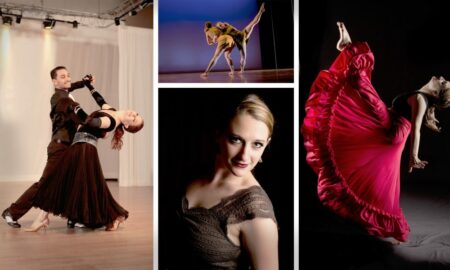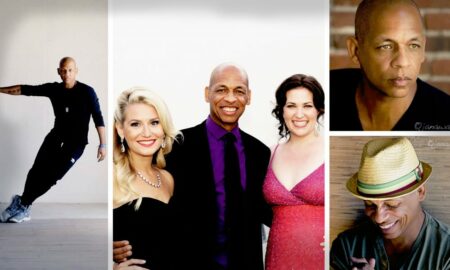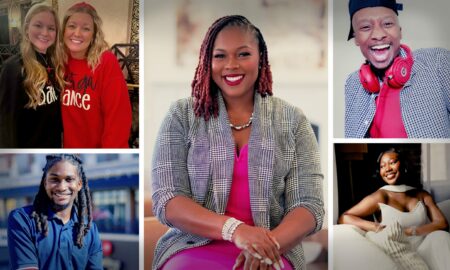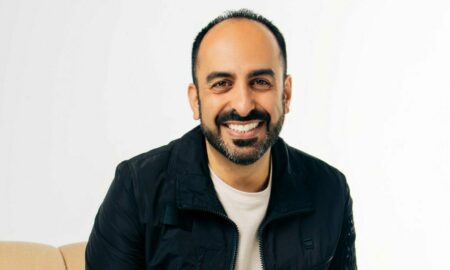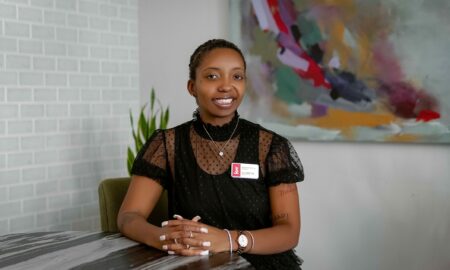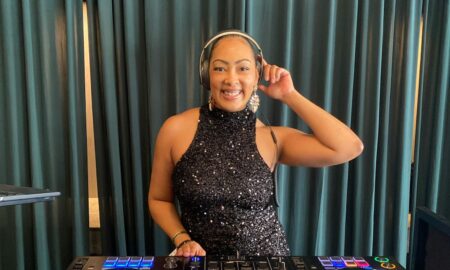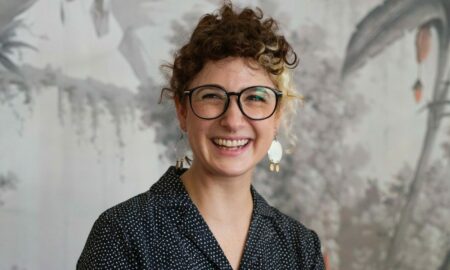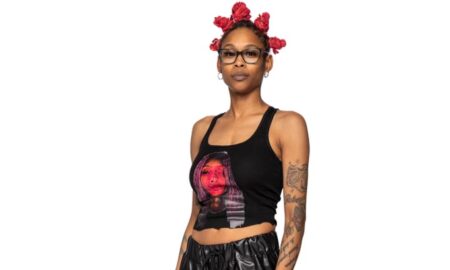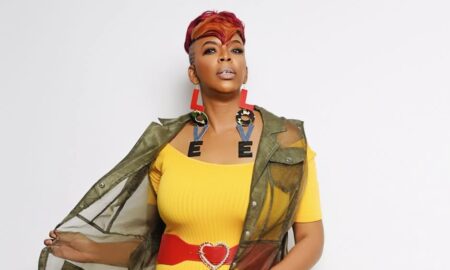

Today we’d like to introduce you to Stacie U Rose.
Stacie U, we’d love to hear your story and how you got to where you are today both personally and as an artist.
I grew up in Marblehead, Ohio. It’s a small town on Lake Erie. As far as museums and cultural experiences go…there was limited access unless we took a long drive to one of the big cities. This rarely happened outside of school. Nonetheless, my family is full of creative, DIY maker-type people. My Dad worked in construction but could often be found in his makeshift darkroom developing film or in the garage making or fixing something. My mother would have said she’s not creative, but what I remember most about her is that she was full of creative ideas, with no time implement them (I have six siblings). We were never discouraged from making things, but there was a certain pragmatism attached to the idea. I studied Communications Design and fine art at Pratt Institute in Brooklyn. The culture shock of moving there was frightening, but exhilarating. I loved it.
There were some major bumps along the way. My mother’s sudden death during my junior year, sent me into a tailspin…but I managed to graduate. I held down a few different design and advertising jobs, but none of it was nourishing or fulfilling to my personal or creative life. There was potential for success in advertising…but my heart wasn’t in it. Most of the time, I felt like I was capitalizing on people’s insecurities in order to get them to buy things. It left me feeling empty, so I knew something had to change.
I continued with some freelance design work and I spent a few years working creative-adjacent jobs like photo retouching, gallery assistant, and framer. Eventually I gave that up and started bartending at a bar in Soho called Milady’s. I would rollerblade across the Brooklyn Bridge and work from 7pm to 4am… then skate home on the empty streets. Gradually, I got back to painting in my Brooklyn apartment that I shared with my boyfriend at the time.
A few years later, we moved to New Mexico. I worked on things here and there, but still felt lost, and suffered long bouts of depression. On a whim, I enrolled in a program and became a licensed massage therapist, which (in hindsight) was what helped lead me back to making art. Massage brought out in me a compassion and deep connection with others and it also provided me the chance to travel. These two things enhanced my view of the world and broadened my awareness of art and culture on a large scale. From that point on, wherever I was living (Hawaii. Colorado, Puerto Rico) I would carve out some creative space and do some small-scale work. This led to my first studio space that was separate from my apartment and dedicated to my art practice. It was in a warehouse in the Dogpatch area of San Francisco. It was a stretch, but I made it work. I spent 25 hours a week doing massage and as many hours as I could be painting. The concentrated effort combined with the space to create changed everything about the way I was working. It was one of the key components that led me to the full-time studio practice that I have in Atlanta today.
We’d love to hear more about your art. What do you do you do and why and what do you hope others will take away from your work?
I’m a painter, although I employ a variety of tools to make the work, which include drawing and printmaking techniques. Why do I do it? Believe me, I have asked myself that question many times. It’s what makes me more connected to all aspects of who I am… the good, the bad, and everything in between.
It can be challenging to articulate with words what is behind the abstractions I make. If I wanted to tell a story, I would write it. If I wanted you to see a particular thing, I would photograph it or paint a representation of it. The very nature of abstraction sort of defies the use of words, but I do my best. The following is my most current (but always evolving) explanation.
I observe and interpret the relationship between objects, forms, color, humanity and structure. I see organized systems and the unpredictable impact humanity and nature can have on those systems. The world is in a perpetual state of change, which defies our coveted notion of permanence. With this in mind, I use a mixture of gestural mark making, geometric lines and process driven mediums. These elements together can create compositional and technical challenges…but I work it until there is a thread of connection and unity. Within that space, somewhere between catastrophe and perfection, there is a moment of inherent grace and absolute freedom. It is a study of opposing forces and how tension can create balance.
How can artists connect with other artists?
I agree that an artist’s work is often solitary. It’s important to leave your studio and go to openings, artist talks, and performances. Atlanta has such an incredibly supportive arts community. Ten years ago, I didn’t know anyone in the ATL arts scene, but I went to openings and events and I started to see a lot of the same people, some of whom have become my closest friends and collaborators.
Do you have any events or exhibitions coming up? Where would one go to see more of your work? How can people support you and your artwork?
I’ll have some work in a show called “Time Like the Present” at the Zuckerman museum which opens on June 2nd, and a solo exhibition at Poem88 in late July. I also have a show at Mason Fine Art in November. My studio is at the B Complex on Murphy Avenue in Southwest Atlanta, where we occasionally have open studio weekends.
Contact Info:
- Website: www.SURstudios.com or www.stacierosestudio.com
- Email: stacie@stacierosestudio.com
- Instagram: instagram @SURstudios
- Twitter: twitter@SURstudios









Image Credit:
Stacie U Rose
Getting in touch: VoyageATL is built on recommendations from the community; it’s how we uncover hidden gems, so if you know someone who deserves recognition please let us know here.


